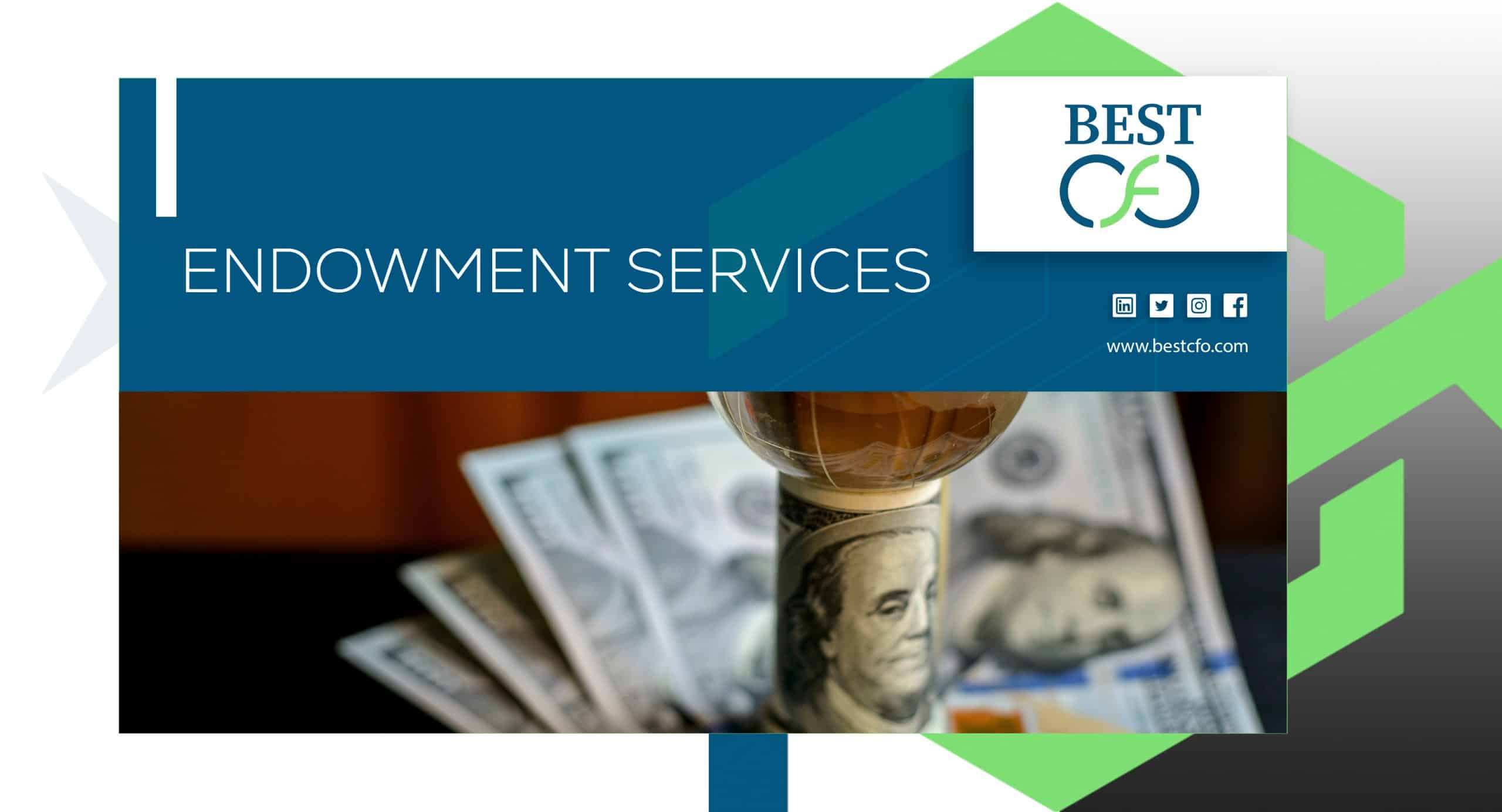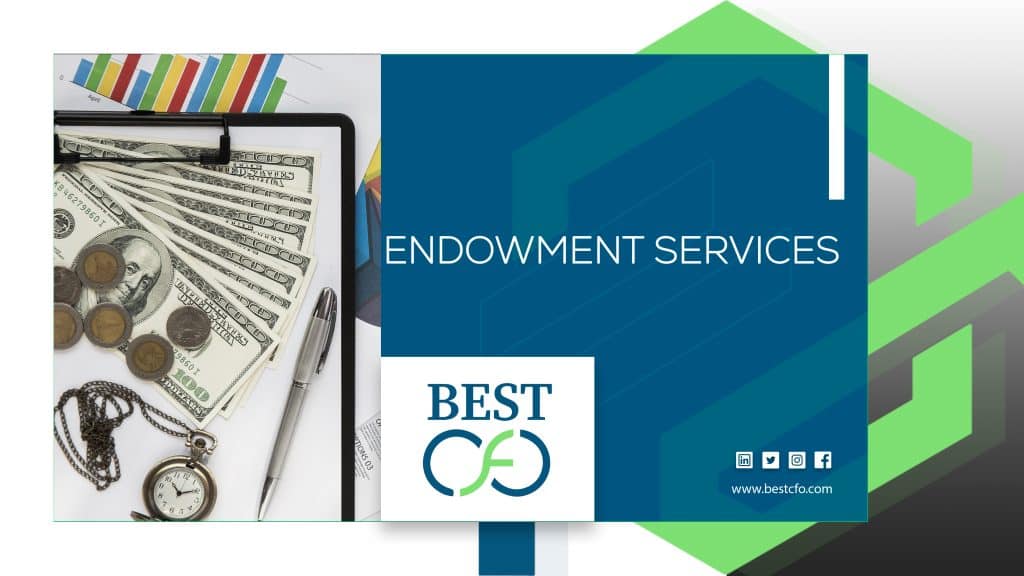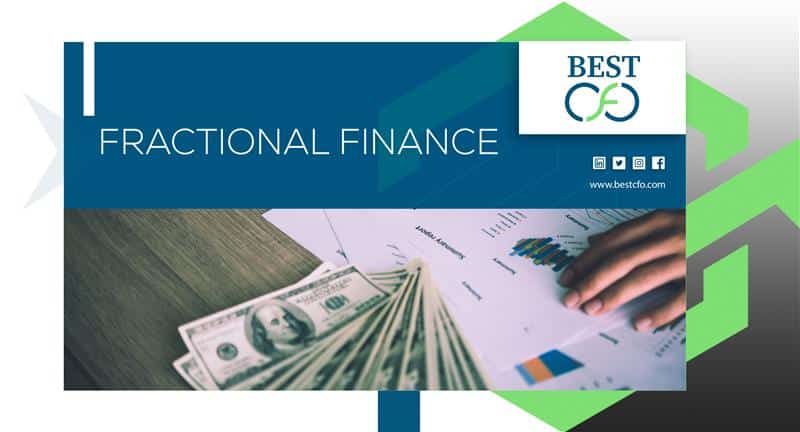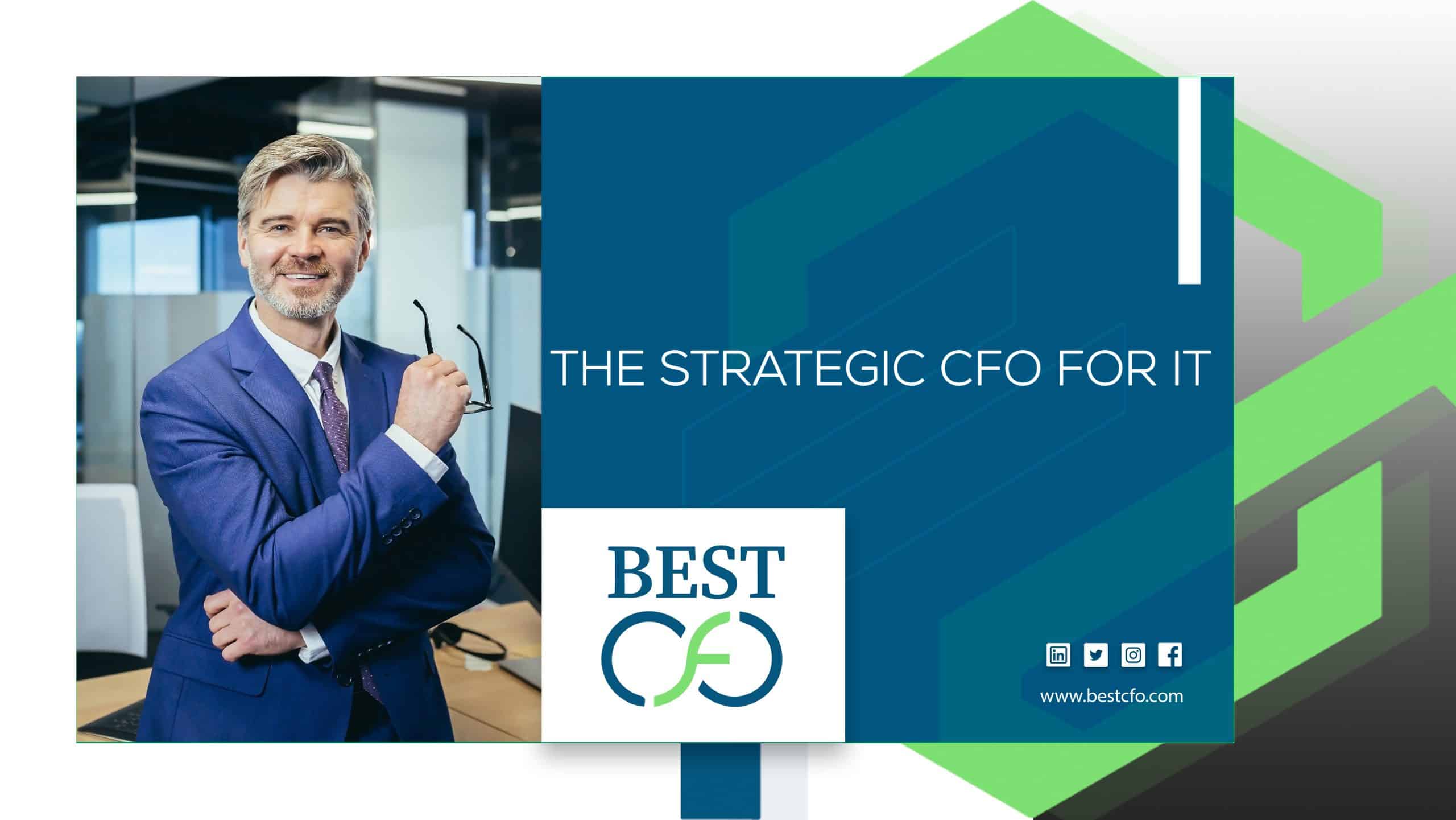
| Getting your Trinity Audio player ready... |
What Are Endowment Services?
Think of endowment services as the behind-the-scenes magic: crafting the policies, managing the investments, and ensuring that funds donated stay productive forever. These services guide institutions on how much can be withdrawn, how it’s invested, and what the funds can be used for. They’re like a trustworthy custodian, safeguarding the gift and ensuring it keeps giving.
What Is an Endowment?
An endowment is a permanent fund donated to an institution usually a nonprofit like a university, hospital, museum, or foundation with the expectation that it’ll be invested.
Let’s say a donor gives $10 million to a university to support scholarships. The university doesn’t just hand out the entire amount. Instead, they invest it wisely and perhaps use 4-5% of the annual earnings for scholarships, preserving the rest for future years. That way, the gift keeps giving like forever.
How Endowment Services Work
Managing an endowment isn’t just about storing money in a bank account. It’s a long-term financial strategy and investment involving professional money management.
That’s why institutions turn to expert endowment services providers — like BestCFO — to handle:
- Portfolio management
- Spending policies
- Reporting to donors or boards
- Regulatory compliance
- Investment strategy based on the organization’s mission
In short, endowment services make sure every dollar works hard — and ethically — while aligning with the institution’s long-term goals.
What Are Policies of Endowments?
Endowments are responsible financial structure that are protected by certain sets of policies. These polices help keep things stable, purposeful, and compiled.
Investment Policy
Investment policies are one of the most important parts of endowment as they guide how the money should be invested. Its all about balancing growth while keeping everything stable.
Withdrawal Policy
This dictates how much of the earnings can be used annually. The industry standard hovers around 4%–5% of the average market value. Withdrawing too much could reduce the endowment.
Usage Policy
This ensures the money is used how the donor wanted it. For example, if an endowment is meant to fund medical scholarships, you can’t redirect it to build a football stadium. You have to keep things legal and ethical otherwise it can be counted as corruption.
Endowment Types
Not all endowments are built the same. Let’s break down the main categories.
Unrestricted Endowment
This is the most flexible type. Institutions can use the returns for any purpose, wherever it’s needed most.
Term Endowment
This fund is restricted for a certain period of time or until a specific event occurs. Once the term ends, the restriction lifts.
Quasi-Endowment
This one’s a bit of a hybrid. The institution designates its own money to behave like an endowment — meaning it follows investment/spending rules — but it can reverse the decision if needed.
Restricted Endowment
This is the most common type. Donors set strict conditions — such as using the earnings only for cancer research, scholarships in engineering, or maintaining a historic building.
Requirements for Endowments
Setting up an endowment isn’t as simple as dropping a million dollars into a savings account. It usually requires:
- A formal donation agreement
- An assigned fiduciary or board oversight
- Clear investment and spending policies
- Legal registration
- Transparency to stakeholders and donors. (They should know what’s happening with their money)
BestCFO helps organizations streamline these requirements so they can focus on what they do best whether that’s educating, healing, or creating art.
Endowments and Higher Education
Universities and colleges are the poster children for endowments. Schools like Harvard, Yale, and Stanford manage billions in endowment funds. These funds help:
- Offer need-based scholarships
- Attract top faculty with grants
- Fund research labs and fellowships
- Maintain historic campuses
- Support the community to spread more
Because of endowments, several students get the opportunity they had been missing because of lack of resources or poverty.
Disadvantages of Endowments
As powerful as anything can be, everything has its disadvantages:
Investment Controversies
Some institutions have faced some bad reaction for investing in industries like fossil fuels, private prisons, or weapons manufacturers. While these are important too, ethical investing has changed they focus more on the popularity people find “ethical”.
Hoarding Accusations
Many critics question why wealthy universities sit on multi-billion-dollar endowments while raising tuition, and their concerns are right if you think from their perspective, but universities don’t really just run or donations they need tuition fees to run the organizations.

Real-World Examples of Endowments
Let’s see some few endowments that made headlines:
- Harvard University: With over $50 billion in endowment funds, Harvard supports faculty salaries, student aid, and global research.
- Bill & Melinda Gates Foundation: While not a traditional endowment, it functions like one investing its massive resources to fund global health, education, and development.
- Getty Trust: One of the largest cultural and arts endowments in the U.S., supporting museums and preservation.
These examples show how endowments can power change when structured and managed well.
Where Do Endowments Get Their Money?
The seed money for an endowment typically comes from:
- Philanthropic donations
- Bequests in wills
- Corporate sponsorships
- Fundraising campaigns
- Annual giving programs
Donors love endowments because they’re forever gifts. Instead of funding a one-time project, their money has perpetual impact.
Who Manages Endowments?
Endowments are usually managed by a combination of:
- In-house financial teams
- Endowment service providers like BestCFO
- External investment consultants
- Board committees or trustees
Institutions like to diversify their management approach, often using outsourced CFO services for risk management, portfolio design, and strategic allocations — especially when managing hundreds of millions.
Who Is Eligible for an Endowment?
Generally, nonprofits, public institutions, and educational entities can establish or receive endowments. That includes:
- Universities
- Museums
- Religious institutions
- Libraries
- Research centers
- Hospitals
- Public foundations
However, setting one up requires proper legal structure, donor agreement, and funding thresholds (usually in the six-figure range or higher).
Bottom Line
Endowment services may sound complex — and they are — but their core purpose is beautifully simple: to make good last forever. Whether it’s providing scholarships, preserving history, or fighting global diseases, endowments turn today’s donations into tomorrow’s transformations.
And with the right financial partner like BestCFO, institutions can build endowments that are secure, ethical, and endlessly impactful.
FAQ
1: What’s the difference between an endowment and a donation?
A donation can be used immediately, while an endowment is invested to provide long-term funding.
2: Do all nonprofits have endowments?
Not necessarily. Endowments are more common in large institutions like universities and foundations.
3: Can a donor restrict how their endowment is used?
Yes — and that’s what creates restricted endowments.
4: How are endowments taxed?
Most nonprofit endowments are tax-exempt. However, large university endowments may face excise taxes under certain laws.
5: What happens if an institution misuses endowment funds?
There can be legal consequences, loss of donor trust, and potential IRS penalties.
6: Can an institution spend the principal of an endowment?
Generally, no. Unless it’s a quasi-endowment, the principal is meant to be preserved.
7: Are endowment returns guaranteed?
No. Endowments are subject to market risks, though portfolios are often diversified for stability.
8: What are ESG endowments?
Endowments that prioritize ethical investing, focusing on environmental, social, and governance criteria.
9: How big does an endowment need to be?
There’s no hard rule, but institutions typically aim for $100,000 or more as a starting point.
10: How can BestCFO help manage our endowment?
BestCFO offers tailored endowment management services, including financial strategy, compliance, reporting, and portfolio oversight — so your funds stay mission-focused and future-proof.
Related Posts
Do I Need An Accountant As A Sole Trader?
Do I Need An Accountant As A Sole Trader? Are you a sole trader running…
Fractional Finance 101: Unlocking the Power of Micro-Investing
Fractional Finance 101: Unlocking the Power of Micro-Investing Have you ever looked at the price…
Cash or Accrual Accounting: Which One Should You Use?
Cash or Accrual Accounting: Which One Should You Use? Many businesses have a choice between…
Top Accounting System Implementer – QuickBooks & More
Top Accounting System Implementer – QuickBooks & More Choosing the right accounting software is one…
 Demos
Demos  Colors
Colors  Docs
Docs  Support
Support 














